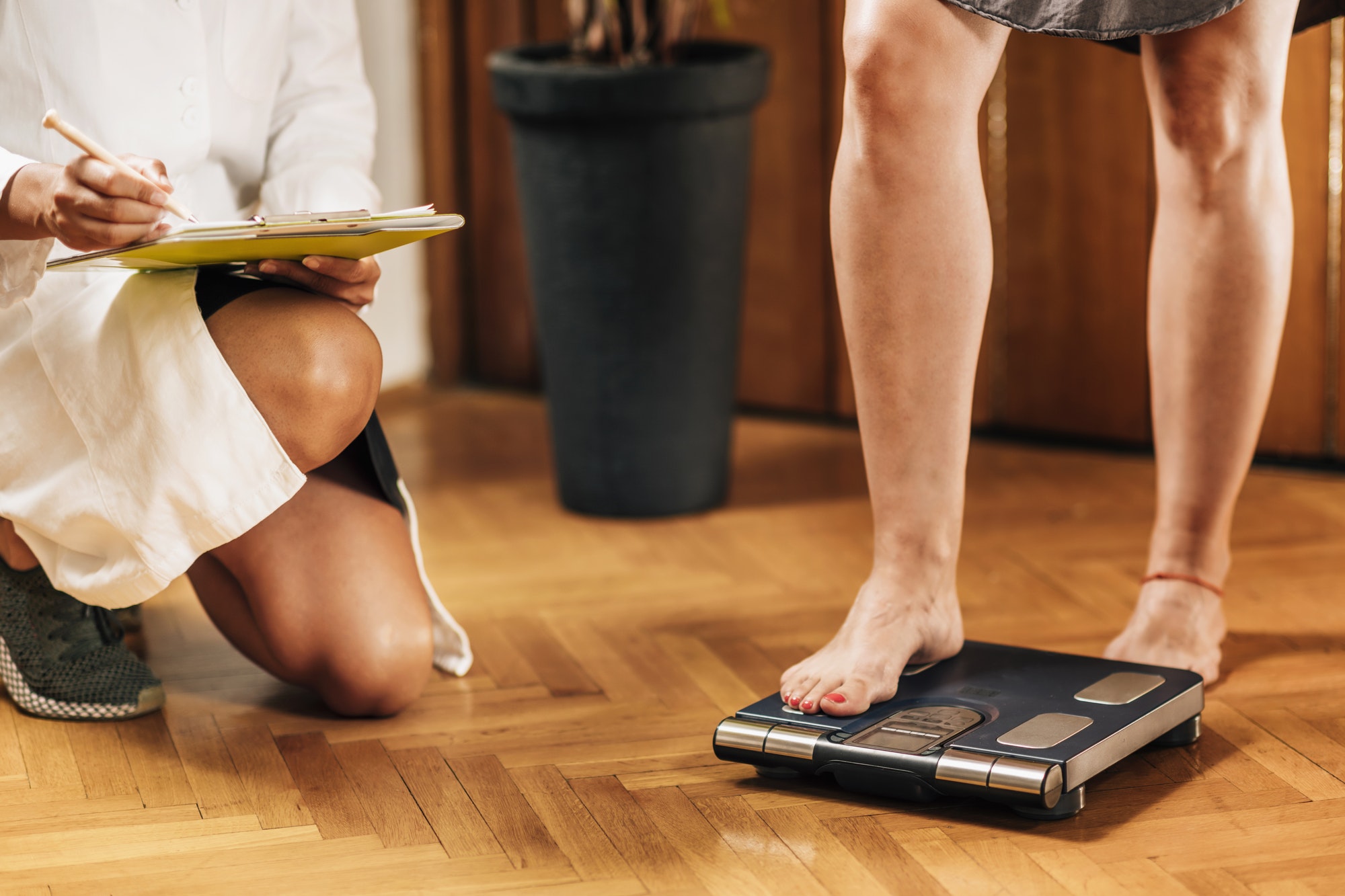

The shape of our body, total overall body weight we carry, and how that weight is distributed over a mattress surface rank only second to the position we sleep in. It comes down to determining what part these key factors play in relieving crucial pressure points and being able to offer correct spinal alignment in a mattress that will stand the test of time. No two people have the exact same shape and weight and these are differences you will want to take note of when choosing your next mattress.
Next to sleeping position, our body weight and shape will play the biggest role in how well each layer relieves pressure and supports you for proper spinal alignment. There are many differences in needs between people of different weights and shapes … so let’s take a look at what they are.
As a rule of thumb the bigger and heavier we are the thicker comfort layer we will need. People with above-average weights may require 4 inches of comfort layering as opposed to only 3 inches for instance. This is because a larger person sinking deeper into the mattress increases the perception of softness thicker layering. The same principle can be applied to firmer foam layers which can feel softer to heavier people than average weight and sized individuals.
This perception of softness is quite normal and is affected by how far someone sinks down into the mattress. Firm upper comfort layers are an important part of proper weight distribution and how well the pressure relief for the bigger sleeper and is vital and can be expected to feel as soft to them as a softer layer should feel when slept on by a lighter weight person.
Shop Heavy Duty Mattresses That Hold up
These firmer support layers can help stop the heavier parts of the body from sinking and sagging down too far, a position that can push the spine out of alignment. Examples of comfort layer thickness compared to body weight.
The taboo subject no one wants to talk about is body weight and shape but how it is distributed are key factors when picking out the right mattress. Curvy body types with more pronounced hips, shoulders, and bellies, etc. require deeper support for the most effective pressure relief. A sleeping position with more gaps and curves to fill will need to be thicker and softer than those that are less curvy and sleep in a position that is flatter with the better weight distribution of body fat.
This sleeper will find they require a thicker comfort layer than normal. They should select a firmer support layer to help balance the sinking in with the sinking down into the mattress. Fill bigger gaps and curvy body shapes with thicker layers or layers. Support more weight by increasing bot cores support and comfort layer firmness.
Frames That Hold Up Under Any Size Person | Click Here
You can also contact us by filling out the form below. Make sure to fill in as many fields as possible so we can respond to you with the most accurate information!
Estimated reading time: 7 minutes TL;DR Bed Frames For Small Bedrooms Finding the perfect bed…
Estimated reading time: 4 minutes Sleep deprivation can lead to irritability, decreased performance, and strained…
Estimated reading time: 7 minutes TL;DR How To Lower A Tall Mattress & Boxspring If…
Estimated reading time: 8 minutes TL;DR Space-Saving Bed Ideas Moving to a smaller home? The…
Estimated reading time: 9 minutes TL;DR Sleep-Promoting Foods And Their Mechanisms What you eat can…
Sleeping cold can be a real struggle, especially during winter. Waking up shivering or layering…
This website uses cookies.